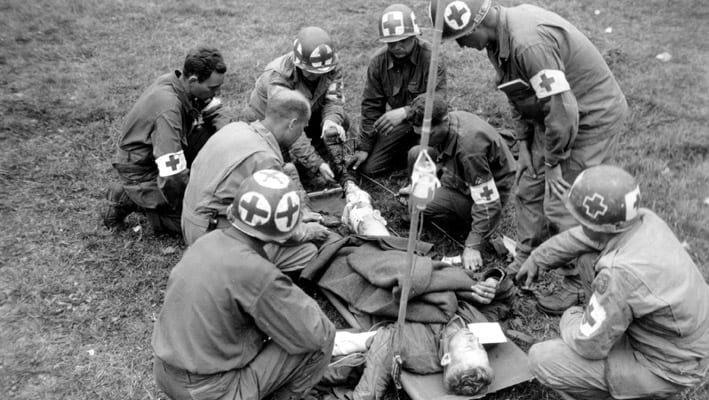Medicines can vary greatly in price, with some costing more than 100 times more than others to treat the same medical condition. As a result, consumers are often left wondering why some are vastly more expensive than other alternatives.
There are several factors influencing the cost of medicines, including the length of time it has taken to create a new drug, the financial impact of clinical trials and the rarity of the condition that the drugs are intended to treat.
Another factor is that tablets tend to be cheaper than liquid medication because they are less expensive to make. Liquids are always pricier and their shelf life is shorter than other formats.
Variations in price are demonstrated by the medications used to treat the sleeping disorder, narcolepsy. The commonly-prescribed drugs, modafinil and methylphenidate, are very inexpensive and are readily prescribed by the NHS. A 30-day supply costs, on average, between £6 and £32.
Further up the scale, sodium oxybate costs between £540 and £1,080 for a 30-day supply. The dose commonly taken by patients with narcolepsy puts the final cost at the top of the range.
Price variations are influenced by the pharmaceutical industry’s economics. The process begins with the development of new drugs – a long and risky process. In fact, many new drugs that have been invented never make it to the market, even when millions of pounds have been spent on clinical trials.
The drugs can be dropped, either because they have caused adverse side effects that outweigh the benefits, or because they have proved ineffective, or no better than existing treatments already on the market.
This leaves the pharmaceutical companies vastly out of pocket if they have invested in a new product that doesn’t make the cut. The product doesn’t generate any profits for the shareholders and the company. This is a common occurrence – in fact, studies have revealed only one in 5,000 potential new drugs makes it on to general sale.
Testing a new drug can take some 10 years to complete and can cost the pharmaceutical company one billion pounds, so the money invested – and potentially wasted – is phenomenal. When a new medication finally goes on general sale, the developer must recover the costs of its development, as well as trying to recoup the losses of failed drugs. The higher the expenditure involved, the more the new drug will cost.
Another issue is the patents system. Once the difficult and time-consuming process of developing a new medication and bringing it on to the general market is complete, it’s relatively easy for competitors to produce their own version of the drug.
For this reason, the research-based pharmaceutical companies protect their new drugs with a patent to prevent competitors from releasing their own version. In doing so, they are able to charge a higher price for their drug to better manage their losses.
However, patents have a limited lifetime. Once the patent has expired, companies who produce copies of new medication are free to release their own generic drug, which can be sold at a significantly lower price than the original drug.
This creates competition on the market and the original supplier normally has to reduce its prices too. This is another reason why, when a new drug is released, it may initially be sold at a very high price. The manufacturer will try to recoup their investment before the patent ends and the drug is copied by other suppliers.
There are further implications if the new drug is to treat a relatively rare condition. Although the costs are the same to develop and trial the medication, the anticipated return on the investment is limited, because the market is smaller. This means they are likely to cost more than drugs that will benefit a larger group of patients.
Sometimes, the regulatory authority will provide an incentive to pharmaceutical companies to produce new drugs for rare conditions. One of these is to give the new medication “orphan drug” status. This means it has a longer period of market exclusivity than a drug with a regular patent.
This benefits the pharmaceutical company by giving them a longer period to make their money, but unfortunately, not the patients, as it also means the medication will be more expensive for longer. Generally, a pharmaceutical company can maintain a monopoly on a new drug for around 15 years.
In terms of the narcolepsy drugs, generic versions of methylphenidate and modafinil have been available for some years, so the cost is lower as a result. However, in the case of medication such as sodium oxybate, it’s relatively new and there isn’t a generic version on the market yet.
Pharmaceutical companies justify the costs of prescription medicines and state they save money by preventing complications or hospitalisations, which would cost the NHS more in the long term.
1COLD Ltd provides temperature-controlled environments for clients throughout the UK. Providing high quality storage facilities including electrical and mechanical works, services and preventative maintenance, we are experts in the medical and pharmaceutical sector. For further information, please do not hesitate to give us a call.




